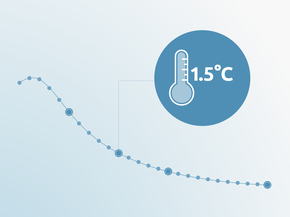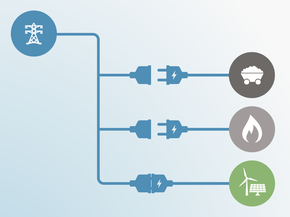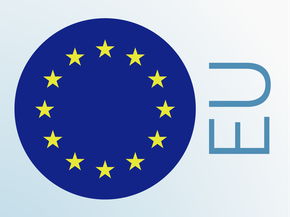Assumptions
Global Warming Potentials
Previous assessments of the Climate Action Tracker used the global warming potentials (GWPs) from the IPCC’s Second Assessment Report (SAR). For this assessment we have updated all figures and time series to GWPs from the IPCC’s Fourth Assessment Report (AR4).
Historical emissions
The historical GHG emissions data (in AR4 GWP terms) for non-LULUCF sectors from 1990 to 2015 is taken from the PRIMAP database (Gütschow et al. 2018) and harmonised with UNFCCC gas inventory data for the Philippines. LULUCF emissions are taken from UNFCCC database as officially reported by the country for years 1994 and 2000 (UNFCCC 2017). PRIMAP sectoral information was used to split historical UNFCCC emissions into three groups: energy CO2, other-CO2, and non-CO2.
Pledges and targets
The NDC does not specify the BAU pathway. So, the CAT uses its own assessment of current policy projections developed in 2015 as the reference to the NDC. This scenario was developed as a range based on information of current policies implementation up to 2015.
The Philippines has provided a more detailed description of the NDC targets during the preparation of their NDC for 2020, but it still does not provide a BAU for sectoral emissions, which makes sectoral contribution to achieving the targets unclear. So, given that the NDC does not quantify future LULUCF emissions, we assumed emissions excluding LULUCF were also to be reduced by 70% below a BAU.
Current policy projections
The current policy projections for total energy-related CO2 emissions are based on the BAU scenario from the 6th edition of the APEC Energy Demand and Supply Outlook (APERC 2016). The BAU scenario of APERC (2016) reflects current policies and trends with in the country’s energy sector. We assume that all of the current policies for the energy sector are included with a cut-off date of end 2015 since there was no significant policy development since. This contains a growth in electricity demand of 6% per year between 2010 and 2030 and a growth in renewable electricity generation of 1.8% per year over the same period. The APERC scenarios use historical energy and CO2 data derived or estimated from IEA Energy Balances of non-OECD Countries and CO2 Emissions from Fuel Combustion (IEA 2017). The harmonisation of APEC energy-related CO2 with historical data results in a difference of 20 MtCO2e/year in 2030.
Other CO2 emissions are projected up to 2030 using PRIMAP trends based on the development of other CO2 from 1990 to 2015 and harmonised with historical data. This projection for other CO2 emissions lies between PRIMAP and EDGAR projections. Non-CO2 emissions are taken directly from US EPA (2012) available from 1990 until 2030 in five year intervals; data was interpolated linearly for all remaining years and harmonised with historical data.
Planned policies
APEC (2016) designed an Improved Efficiency scenario that projects emissions consistent with the Philippine goal of achieving 10% energy savings across all sectors defined in the “The Energy Efficiency and Conservation Roadmap”. This scenario is used as the upper bound of the planned policies scenario. The impact of the “The National Renewable Energy Program” was quantified and subtracted from the APEC improved efficiency scenario to define the lower bound. This shows the minimum level of expected emissions if these planned policies are implemented (“Planned policy projections” including EE and RE roadmaps).
Further analysis
Latest publications
Stay informed
Subscribe to our newsletter






